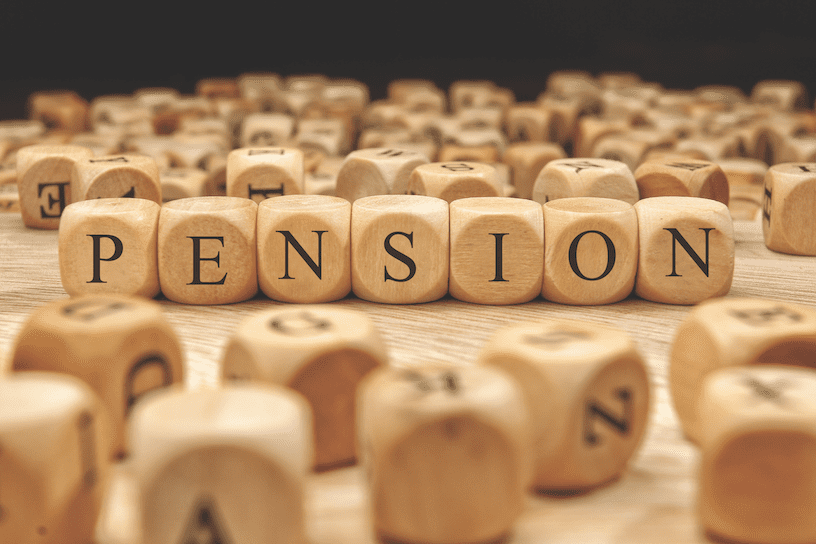Alan Godbeer, sales director at WBR Group, explains how financial advice firms and their company director clients can use DBSSAS can be attractive to both companies and their key employee(s).
Providing for retirement is one of the few things in life that we can all agree is a good thing to do.
The Government is so keen in fact to encourage this behaviour that they provide generous incentives in the form of tax relief for companies and individuals who contribute to funding their pension.
For companies making provision for their employees this tax relief is in the form of profit-offset, thereby reducing the amount subject to corporation tax and for any company with taxable total profits over £50,000 p.a., this tax rate has increased from 19% with effect from April 2023. For those companies with taxable total profits over £50,000 p.a the rate increases incrementally to a maximum of 25% for those with taxable total profits of £250,000 p.a. and over.
In a money purchase pension environment, most people have an annual allowance of £60,000 following the recent changes in the Budget and if this is the amount of contribution provided by their employer, the company’s corporation tax liability would be reduced by £11,400 at the current rate of 19%. From April, this reduction increased up to £15,000 with HMRC effectively providing for up to a quarter of the cost of the contribution.
This is very positive news for the company. But if the company is both cash and profit-rich, a defined benefit small self-administered scheme or DBSSAS, as it is more commonly known, might be even more attractive to both the company and their key employee(s).
A DBSSAS is a niche product and is certainly not the right solution for all clients. Any adviser recommending the use of a DBSSAS would need to understand the whole proposition in detail, including not just the funding of the scheme, but the nature of subsequent benefit accrual and the potential benefit options for the client. As with all SSAS, each new DBSSAS is registered with HMRC individually.
As with all pension schemes, a DBSSAS is still constrained by the member’s annual allowance but because it is a defined benefit rather than a money purchase pension scheme, the rules around the annual allowance are different. In any DB scheme, DBSSAS included, the usual annual allowance usage relates to a scheme benefit accrual of £3,750 p.a. rather than a £60,000 monetary contribution. Typically, to provide a scheme pension of £3,750 p.a., the cost as a one-off contribution today would be somewhere in the region of £190,000 (depending on retirement age) or over 3 times as much potential contribution for most members over the money purchase alternative.
This is great news for the employee who has the potential for a significantly larger boost to their pension and also for the company that has the opportunity to get up to 25% corporation tax relief on a much larger contribution.
Case study
Bob and his brother Peter are both 50% shareholder directors of their successful IT company. The company is making good profits and consistently has a large corporation tax bill to pay each year.
The brothers normally use their full annual allowance each year and pay this into their individual SIPPs, this means that they have no carry forward available to use.
To utilise their £60,000 annual allowance for this year and future years, they decide to use their company to establish a DBSSAS on the recommendation of their IFA. Guided by the personalised quotes provided by the DBSSAS provider, they learn that £190,000 could be contributed by the company for each of them, so £380,000 in total. This is £260,000 more than the £120,000 that could be paid int their SIPPs.
By contributing this £380,000 into the DBSSAS, the company’s accountant could offset this amount against their profit and, based on the new maximum 25% corporation tax rate introduced in April 2023, this would save them £95,000 in tax.
This is a saving of £65,000 more than would be available if the maximum available amount had been contributed instead to a money purchase arrangement.
Even better, this corporation tax saving would be £22,800 more than would previously have been available before the rate moved from 19% to 25%.
The company benefits from excellent tax planning and Bob and Peter benefit from substantially increased provision for their retirement.
As previously mentioned, DBSSAS is certainly not the right solution for every client but for a controlling director of a successful, profitable SME company, in particular, it might be the route to increase retirement funding for the member(s) while taking excess cash from the company in a very tax efficient way.




























